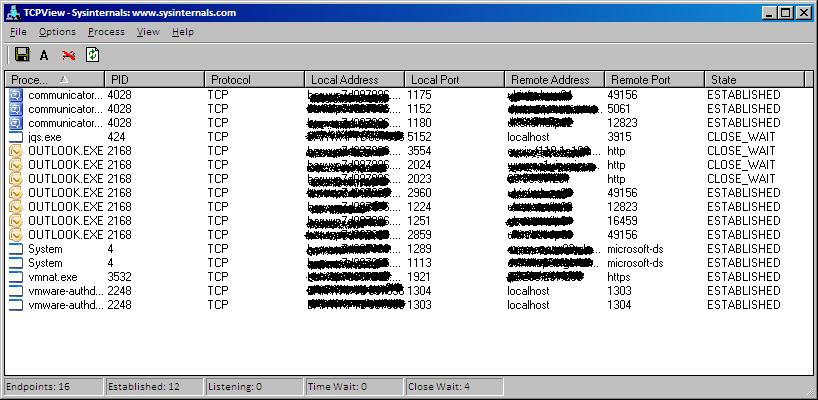


The Windows Server 2012 and Windows Server 2012 R2 BPA documentation can be found here while the Windows Server 2008 R2 documentation is here. While this tool is not a substitute for keeping atop of Windows Server trends, BPA helps to ensure that the most commonly exploited violations are blocked on your servers. BPA is an automated scanner which when run will check your server to ensure that it is configured for optimal performance, reliability and maximum security. In Windows Server 2008 R2, Windows Server 2012 and Windows Server 2012 R2, Microsoft has included a tool known as the Best Practices Analyzer (BPA). Fortunately by following a few simple steps you can easily pinpoint the cause of most Windows Server errors. Since servers are the backbone of most modern operations, being able to pinpoint the cause of errors rapidly is an essential skill for any Windows server administrator. Join the nixCraft community via RSS Feed, Email Newsletter or follow on Twitter.In an enterprise setting, server failures are never an issue to be taken lightly. He wrote more than 7k+ posts and helped numerous readers to master IT topics. Vivek Gite is the founder of nixCraft, the oldest running blog about Linux and open source. To Displays all active TCP connections and the TCP and UDP ports on which the computer is listening type the following command: netstat -aTo displays active TCP connections and includes the process ID (PID) for each connection type the following command: netstat -oTo display both the Ethernet statistics and the statistics for all protocols, type the following command: netstat -s -eTo get help on this command: netstat /? At dos/nt prompt type command following command to display active connections type the following command:

Used without parameters, netstat displays active TCP connections. It is use to to displays active TCP connections, ports on which the computer is listening, Ethernet statistics, the IP routing table, IPv4 statistics (for the IP, ICMP, TCP, and UDP protocols), and IPv6 statistics (for the IPv6, ICMPv6, TCP over IPv6, and UDP over IPv6 protocols). Microsoft Windows networking tools include netstat command.


 0 kommentar(er)
0 kommentar(er)
